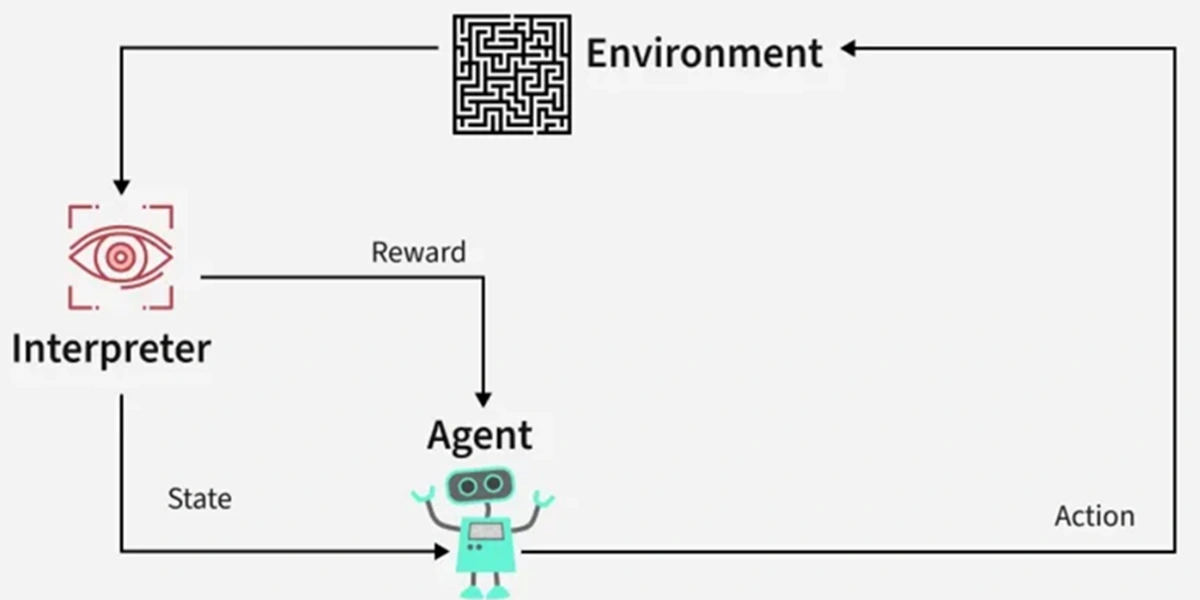Today, an internet can be so large that one routing protocol cannot handle the task of updating the routing tables of all routers. For this reason, an internet is divided into autonomous systems. An autonomous system (AS) is a group of networks and routers under the authority of a single administration. Routing inside an autonomous system is referred to as intra-domain routing.
Routing between autonomous systems is referred to as inter-domain routing. Each autonomous system can choose one or more intradomain routing protocols to handle routing inside the autonomous system.
How ever, only one interdomain routing protocol handles routing between autonomous systems.

Several intra-domain and inter-domain routing protocols are in use. In this chapter, we cover only the most popular ones. We discuss two intra-domain routing protocols: distance vector and link state. We also introduce one inter-domain routing protocol: path vector (see Figure).
Routing Information Protocol (RIP) is the implementation of the distance vector protocol. Open Shortest Path First (OSPF) is the implementation of the link state protocol. Border Gateway Protocol (BGP) is the implementation of the path vector protocol. RIP and OSPF are interior routing protocols; BGP is an exterior routing protocol.

| Read More Topics |
| Inefficiency in mobile IP |
| The address resolution protocol (ARP) |
| Internet Control Message Protocol (ICMP) |
| Address mapping in computer networks |
| Introduction to internet protocol (IP) |





